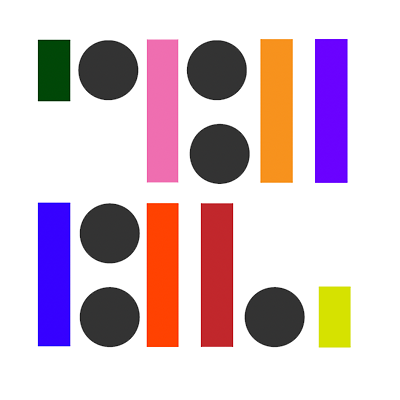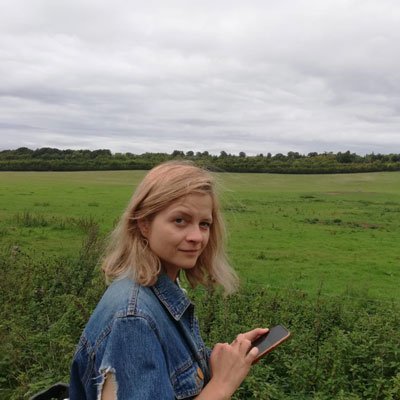environment as evidence
SPATIAL STORYTELLING FOR INVESTIGATIVE JOURNALISM (CLASS IS FULL)
How can we use spatial investigation of nature as a political sensor for expanding the practices of open-source activism far and wide?
• 25. February - 25. March 2021
• Online!
• Five-weeks, Thursdays, 7-9PM CET
• Small class of participants
Pricing (For tickets click here)
Artist / Student (Full Time)
€175
Freelancer*
€195
Professional*
€215
Generous Supporter Ticket*
€255
Solidarity ticket*
Donation (Limited)
*plus fees (VAT EU ONLY)
course
description
The influx and availability of instances of recorded violence is posing a need for a new set of practices for information analysis. How can we use spatial digital media to further interrogate the evidence? How can we begin reading our environmental surroundings as sensors of wider economic and state (mal)practices?
We will use environmental case studies as our subject matter as they are a good introduction to this way of working and thinking and reinforce the close connection between state violence and attitudes and practices towards forest governance and environmental destruction.
In this course we will explore methods of spatio-temporal recording or ‘mediating’ of natural [1] environments of various scales in order to build a digital archive and expose connections to non-human, human, and state agents.
The goal of this class is to focus on the relationship between nature and state while empowering participants with open-source investigation tools and modelling techniques to further the practices of ‘open source activism’ whether it be in the context of police, state, or environmental violence.
Over the course of five weeks, we will conduct a collective investigation or a series of shorter investigations that allow for relating of cases of environmental violence and state violence while
integrating skills such as photogrammetry, blender animation, modelling, and mapping.
These tools introduced during the workshop will enable formulation of a new approach to environmental digital evidence. Short studies centered around each participants’ interests, instead of relying on purely quantitative and statistical approaches will be based on ‘precarious data’[2] (think small scale observations of plant-life, unusual behaviours, personal experiences) which will be digitally recorded through such techniques as photogrammetry, modelling, simulation and animation.
These digital studies will then become embedded in larger contexts and mapped onto and linked to other landscapes, phenomena, agents and forces exploring their phytosociological associations’[3]. As a final product of the workshop, the semi-interactive models will be published online to serve as digital evidence.
[1]https://www.e-flux.com/journal/102/283819/the-mediated-plant/
[2]https://press.princeton.edu/books/paperback/9780691178325/the-mushroom-at-the-end-of-the-world
[3] https://www.tandfonline.com/doi/full/10.1080/09528822.2018.1483884
in this course you will be introduced to
· Introduction to spatial analysis
· Introduction to spatial story-telling and evidence building
· Basic Open source research strategies (including Satellite imagery analysis and geolocation)
· Photogrammetry
· Blender modeling and animation
· Using Web Gl to publish 3D models
course outline
Week 1: Introductions
In this first class, we will all introduce ourselves, share expectations and discuss motivations of why we joined and what we hope to learn. In the second half of class, we will give an overview of course contents, discussing potential case studies, references, and the way that research can be collected and synthesised. We will also go over open source tools for environmental analysis.
Week 2: Environmental Mapping in 3D Space
This class will be divided into two parts. In part 1 there will be short presentations by students about their research developments so far, discussion about possible techniques and routes to follow and identifying a research focus. In part 2 there will be an introduction to Blender software including workflows for integrating different kinds of information into the program as well as basics of interface (modelling/sculpting/camera animation/key framing).
Week 3: Digitising Nature
The focus of this week will be on an introduction to photogrammetry. We go over examples of uses of photogrammetry in cases of digital archiving of environmental evidence and cover integrating photogrammetry with other models. At the end of class we will have time for individual presentations and feedback in order to plan next steps for the projects.
Week 4: Synthesis
In this class we will focus on advanced animation, an introduction to shape keys and to Web GL with time for individual presentations and feedback.
Week 5: Final project presentations
In this final class we will cover the programming of assets and preparation for WebGL integration. In the second half of class students will present their final projects and works-in-progress and discuss resources and where to go from here.
who is this class for?
This class is for researchers, journalists, artists, and anyone interested in spatial investigative journalism and related practices. Basic experience with any 3D software is welcome. No experience necessary.
about live classes
Classes are 'live' meaning that you can directly interact with the instructor as well as with the other participants from around the world. Classes will also be recorded for playback in case you are unable to attend for any reason. That said, we kindly ask that you please only purchase a ticket if you plan to attend regularly. For specific questions, please email us and we'll get back to you as soon as we can.
about tickets
Tickets for this class are currently available via Eventbrite. If you would like to avoid Eventbrite fees, please email us for direct payment options. We kindly ask that all “pay-what-you-can” students register through Eventbrite. Due to reduced staffing, we’re unable to handle specific payment requests for these registrations.
about solidarity
We realise we're living in uncertain times. During this time, we are offering a limited number of pay-what-you-can solidarity tickets for this online class. These are reserved for women, POC, and LGBTQ+ who would otherwise be unable to attend. We are a small organisation with no outside funding and like many, we are also in survival mode and we ask you to consider this when making your donation. We are greatly appreciative of your understanding and support.
meet the instructor
Martyna Marciniak
Researcher
Martyna Marciniak completed RIBA Parts I and II at the Bartlett School, University College, London, in 2017. Her graduation project and thesis explored the idea of spatio-temporal storytelling, embodiment, and architectural allegories, employing animation, film, writing and model-making. She is currently a tutor at the University of Westminster’s MArch Design Studio.
Martyna joined Forensic Architecture in November 2018 where her work involves analysis of police aerial and bodycam footage. Previously she worked as visualiser and exhibition designer. Most recently she completed and exhibited a series of sculptures, and a film, as part of her residency at the Bauhaus Foundation, Dessau.


